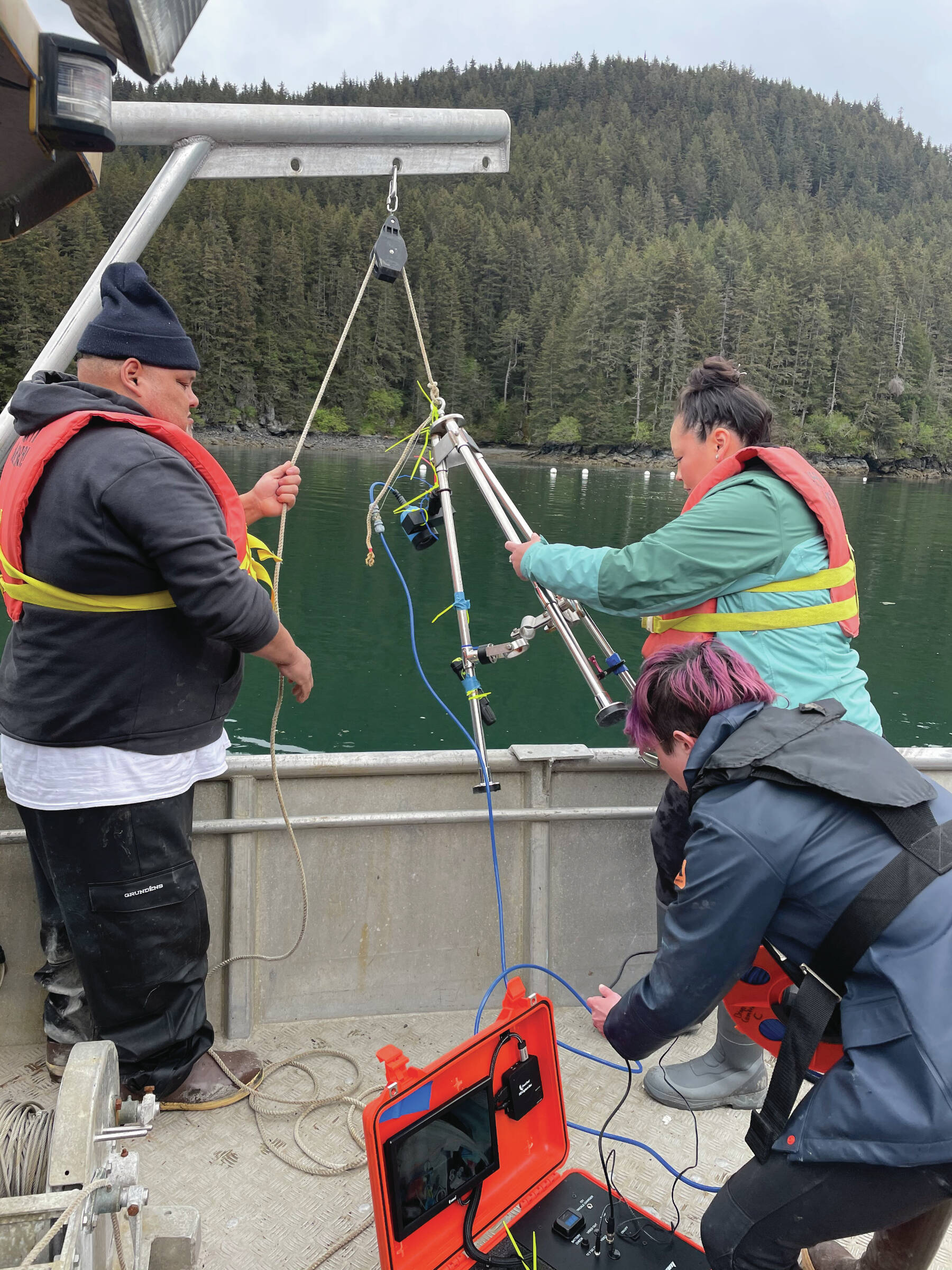The Center for Alaskan Coastal Studies Community Coastal Experience five-week program (CCE) took place this year from June 4 to July 7. This was the first year of a paid learning and networking experience for adults from coastal communities in the region of Alaska impacted by the 1989 Exxon Valdez oil spill.
Opportunities were provided to explore marine science, archaeology, cultural history and other STEAM (science, technology, engineering, art and math) topics related to the natural resources and environment of the region that may have been impacted by effects of the oil spill. Funding for the program was provided by the Exxon Valdez Spill Trustee Council through the CORaL Network (community organized restoration and learning). In addition to CACS, partner organizations in the program included the Chugach Regional Resources Commission, the Alutiiq Museum and Archaeological Repository, the Prince William Sound Science Center, Alaska Sea Grant and the Alaska SeaLife Center.
There were 55 applicants to the program and priority was provided to those from rural village communities. There were eight participants selected for the first cohort. Most were from the Cook Inlet region but also from Cordova, Kodiak and Nome.
Center for Alaskan Coastal Studies program director Katie Gavenus described what the program offered in more detail in email correspondence.
“Over the five weeks, they made environmental observations in each location (including participating in research and monitoring as well as art-based observation), connected with local knowledge-bearers who guided participants’ understanding of each place, attained job-related skills, and grew their professional network by building relationships with organizations that offer jobs and internships. Participants connected with specialists in long-term research and monitoring, mariculture, archaeology, restoration ecology, cultural history, marine mammal rescue and rehabilitation care, science communication, community-based science, and place-based education. The overarching goal for this program is to promote equity and co-production of knowledge in STEAM fields throughout our region,” she wrote.
Misha Klassen has been working with CACS for six summer seasons and Project GRAD Kenai Peninsula during the school year. She participated with the Community Coastal Experience in the role of CORaL Internship Specialist for the program this year.
“I was tasked with coordinating the first year of this program. Much of it we kind of had to make it up as we went along with all of the organizing partners,” she said. “The main goal was getting folks into the communities to promote equity and a core production of knowledge, identifying what kinds of barriers people are facing in getting into these fields and participating in conservation of resources that have been lost since the oil spill.”
Some of the most valuable parts of the program turned out to be the personal connections that formed between the participants.
“Almost immediately, folks recognized similarities when hearing others’ stories about growing up in different rural Alaskan communities and were able to identify with what others experienced,” Klassen said. “For example, after a visit to a museum in Cordova, one group member shared that their favorite part of the day was seeing an elaborate bear gut parka made by people of the region. It reminded her of her home in Nunivak where they would normally use seal gut instead of bear.”
Everyone had different reasons for applying to the program.
“Some are here to learn about opportunities they can share with youth in their own communities, where opportunities to connect with knowledge resources outside of the community may be limited,” Klassen said. “Another participant shares with everyone we meet that he wants to learn about possible reasons for the decline in subsistence resources he’s observed near his village over the years, especially salmon.”
Most of the participants were generally college-aged and looking for ways to develop connections with agencies or organizations working in their area of interest.
The program is scheduled to take place for an additional four summers.



